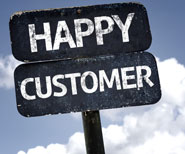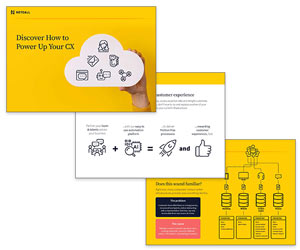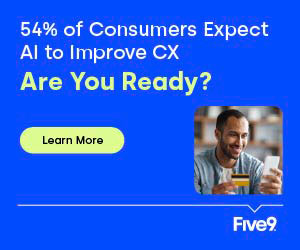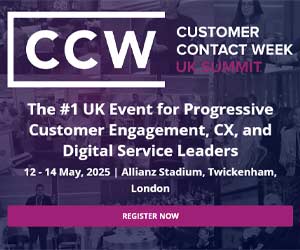There is a clear distinction between Customer Experience Management (CXM) and Customer Relationship Management (CRM), according to David Bennie.
Here we look to demystify Customer Experience Management and how it differs from Customer Relationship Management.
To start with, we should look at a definition of each of them. While there are many descriptions available, we take a look at the current ones quoted by Gartner:
- Customer Experience Management (CXM): “the practice of designing and reacting to customer interactions to meet or exceed customer expectations and, thus, increase customer satisfaction, loyalty and advocacy.”
- Customer Relationship Management (CRM): “a business strategy that optimises revenue and profitability while promoting customer satisfaction and loyalty. CRM technologies enable strategy, and identify and manage customer relationships, in person or virtually. CRM software provides functionality to companies in four segments: sales, marketing, customer service and digital commerce.”
After reading the two definitions you may be thinking that they sound very similar, but there are also very subtle differences. CXM recognises that, over the last few years, there has been a fundamental shift away from the seller and towards the buyer. Those organisations providing or selling goods and services now need to keep the customer at the centre of everything they do in order to gain competitive advantage. While CRM is more system-centric and captures customer data and processes, CXM focuses on the customer and has a more qualitative approach to make quantitative information more actionable.
So, where does CXM add value to your organisation?
While CRM solutions have had a bad press over the last few years, they have been reasonably successful as the customer system of record – in capturing, storing, processing and sharing data for staff management, process efficiency and business analysis purposes. But of course these areas provide little direct benefit for customers.
CXM moves the focus from using software tools to control customers and the staff that serve them to applying technology to support a holistic customer-centric strategy and deliver relevant, personal and superior customer service in order to achieve competitive advantage.
A CXM solution shifts the focus from data management to applying customer information at exactly the right time and place so it can be used to better deliver consistent customer experiences that delight customers.
CXM is more qualitative than quantitative, with an underlying capability of making CRM information actionable and a much stronger goal toward customer outcomes. Where CRM systems have struggled to make customer data actionable at the point and time where it can applied to benefit a customer interaction, CXM completes the information journey for a positive customer experience and measurable benefit.
A CXM solution should also provide a great customer experience by whatever channel or device the customer wishes to use, such as web, webchat, sms, mobile, smart app, email or voice. Getting this bit right will help improve customer satisfaction, retention and response rates.

David Bennie
In several ways, CXM is intended to deliver the last mile of CRM – the intersection of customer knowledge with customer fulfilment – and has the capability to deliver that customer information across channels and devices at the exact time and location where it can be leveraged to positively affect a customer experience.
With thanks to David Bennie at Netcall
Author: Megan Jones
Published On: 27th Jan 2016 - Last modified: 18th Mar 2024
Read more about - Archived Content, Customer Relationship Management (CRM), Netcall





































